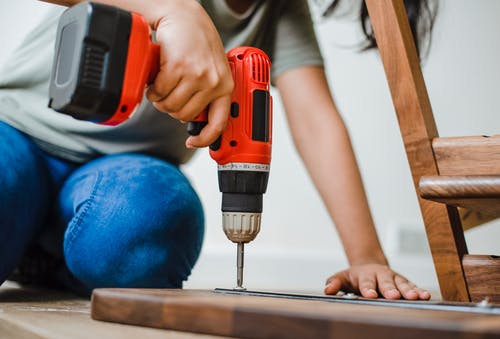Biohazardous waste is waste contaminated with infectious agents or items that pose a danger to human health or the environment. Sharps, medical waste, and other biohazardous materials are examples of biohazardous trash. Medical waste is classified as waste produced in a laboratory or clinical space.
The waste must be handled appropriately and removed to protect laboratory staff and custodians, visitors to the lab, and anyone else exposed to biohazardous material. The term “biohazard” and the symbol must be included on the biohazardous trash of all types at a minimum. Additional information should be provided, including the type of trash and the waste’s source.
Biohazard Medical Waste Management
To minimize the risk of danger and exposure for both the general public and the environment, each form of potentially infectious medical waste is separated, identified, sterilized, and recycled as necessary. The numerous forms that these wastes can take and the proper methods to get out of these will be discussed here.
1. Solid
Anything non-sharp that comes into contact with animals or human beings is considered biohazardous garbage. The PPEs, Petri dishes, towels, linens, and pipettes are also included. By separating sharp objects from each other and other easily broken things, you’ll be able to handle sharps more effectively. Blood vials and other objects made from glass can become sharp after breaking.
Solid waste should be collected in an autoclave-lined bin and marked with biohazards. The autoclave process on-site decontaminates the garbage bin and then is transported to a designated dump for medical trash. If it’s not decontaminated on the spot, an organization for waste management will take it. The company handling waste removes it as needed.
If you ought to know more about the services of a trusted restoration firm, you can click here to learn more by reading blog posts and articles about it.
2. Liquid
Body fluids or blood that could be infectious are examples of liquid medical waste. Less than 25 milliliters of liquid could be considered solid trash. Over 25 mL needs a separate disposal technique.
Biohazardous liquids must be disposed of in leakproof containers. They should secure the biohazard container and mark it as a biohazard. The personnel can dispose of liquid waste by bleaching it or autoclaving it to create biohazards in liquids. Every liquid, even chemicals and bodily fluids, is an exception.
For the problem in sewage biohazard waste, you can get in touch with a sewage cleanup & sanitation service provider to do the dirty job. Their expert team and experience will make the job more accessible than expected.
3. Sharp
It’s any medical device that may be contagious and has enough sharpness to puncture flesh. Micro slides, needles, scalpels, and shattered glass vials can be sharps. These may contain biohazards.
In the medical industry, sharps are stored in specific containers. These containers are puncture-resistant, leakproof, and safe. Staff members should place all sharps into these distinctive containers. They must put the appropriate symbol on the labels of the sharps containers to ensure that they can be identified.
4. Pathological
Organs, tissues, and body parts obtained from animals or human beings are considered pathological waste. Any of them could be infected. The waste that results from biopsies falls into this category. Analytical components extracted during autopsies or surgical procedures are different illustrations.
The waste from pathology should be bagged twice by health care professionals to prevent leakage. After that, it should be eliminated similarly to other liquid waste by putting it in a different container. Incineration or any other chemical treatments are then employed to eliminate the trash. The destruction of pathology should not be autoclaved.
5. Microbiological
Laboratories produce most microbiological waste. The cultural dishes, as well as specimens, provide an example. Other examples are viruses that have been tested once before being discarded and tools used by technicians to mix the cultures. Infective agents, bacteria, and biologicals are part of the microbiological waste. Also in this category are biochemical wastes resulting from biological and antibiotic production. Research or clinical procedures using infectious agents produce microbial waste.
Hospitals’ autoclave waste is microbiological. They then transfer them to a garbage disposal facility. The staff at the disposal facility processes garbage by type. Sharps trash is placed in the specified receptacle, for instance.

